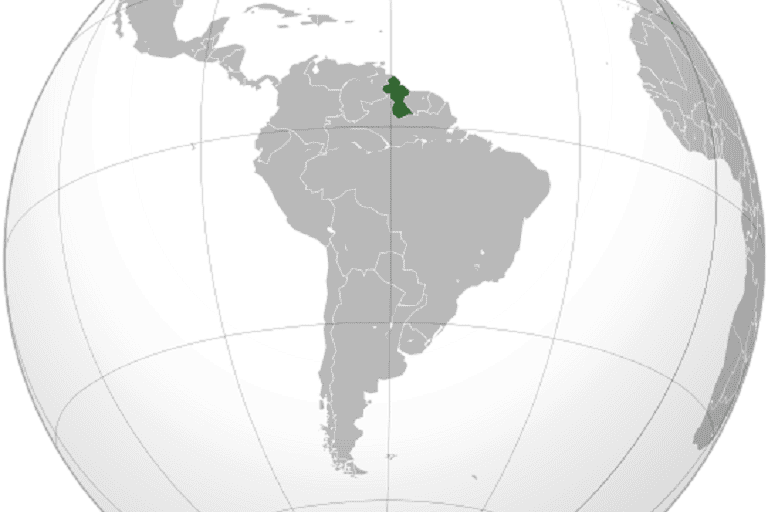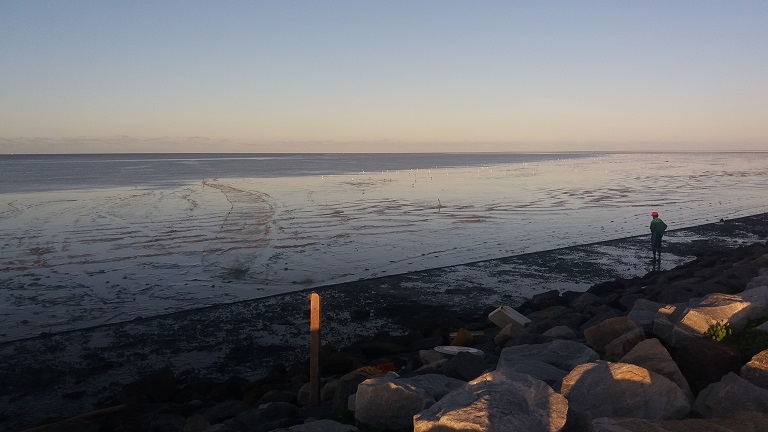Guyana seeks offshore oil wealth in a green economy
by Carinya Sharples on 21 November 2017, https://news.mongabay.com/2017...-in-a-green-economy/

- ExxonMobil expects to produce some 2-2.5 billion oil-equivalent barrels from Guyanese waters, which could add up to more than $100 billion.
- Given the fact that Guyana’s Gross National Income is $4,250 per capita, the promises of oil are causing a stir in the political landscape.
- Although the amount of oil that reaches the Guyana coast from a spill may be small, the country’s Environmental Protection Agency notes it would impact marine resources.
GEORGETOWN, Guyana – Venezuela may have the world’s largest oil reserves according to OPEC, but oil experts are looking to its bordering neighbor Guyana as the next big thing. Widely known as an eco-tourist’s heaven, Guyana lays claim to indigenous jaguars (Panthera onca), giant otters (Pteronura brasiliensis), giant anteaters (Myrmecophaga tridactyla) and huge swaths of forest that cover some three-quarters of this South American country.
Promises of oil may seem at odds with a conservationist image, but Guyana is no stranger to extracting natural resources. Gold, timber and bauxite have long been principal exports.
It is not the first time investors have come in search of oil, either. In the interior of the country close to the border with Brazil, wells were drilled in the Takatu Basin back in the 1980s. However, the new off-shore oil discoveries are on a different level.
According to ExxonMobil, which is at the forefront of the new discoveries, it expects to produce some 2-2.5 billion oil-equivalent barrels. In real money, using figures published in Forbes, that could add up to more than $100 billion.
For many in Guyana, news of the oil discovery is a hot topic, with people pinning hopes on the find for everything from increased government spending, to more jobs and personal wealth. Talk of billions of dollars (US dollars, not Guyanese) is causing excitement in a country where the Gross National Income per capita rests at $4,250 – compared to $56,180 in the US according to 2016 World Bank figures.
 Detail of Guyana’s position in South America. Connormah/Wikimedia Commons
Detail of Guyana’s position in South America. Connormah/Wikimedia Commons
There is also skepticism about whether the money will trickle down so Guyana gets the best deal. Under its contract with ExxonMobil and partners, the government is set to receive 2 percent in royalties on gross earnings and 50 percent of the profits from the sale of the petroleum. An Economist article in June reflected the concerns of many onlookers when it asked in its headline: “Will oil corrupt a small Caribbean state?”


